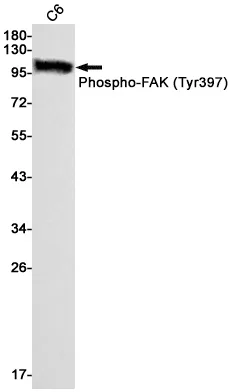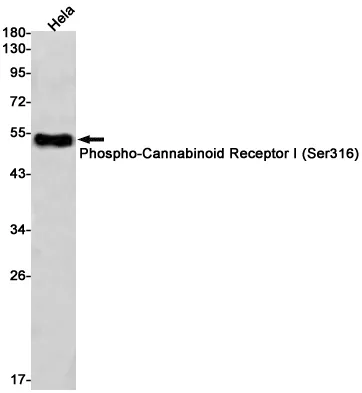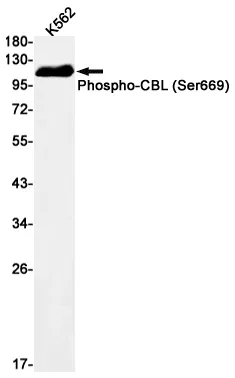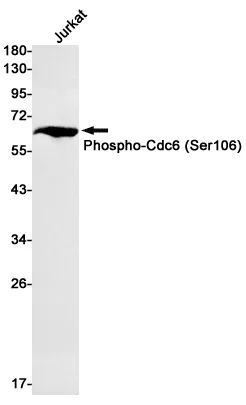Summary
Performance
Immunogen
Application
Background
High temperature requirement protein A2 (HtrA2)/Omi is a serine protease with homology to the E. coli HtrA protein (DegP) and is thought to be involved in apoptosis and stress-induced degradation of misfolded proteins. While HtrA2 was orignally identified to be present in either the nucleus or endoplasmic reticulum, subsequent studies have shown that it localizes in mitochondria and is released during apoptosis. Serine protease that shows proteolytic activity against a non-specific substrate beta-casein. Promotes or induces cell death either by direct binding to and inhibition of BIRC proteins (also called inhibitor of apoptosis proteins, IAPs), leading to an increase in caspase activity, or by a BIRC inhibition-independent, caspase- independent and serine protease activity-dependent mechanism. Cleaves THAP5 and promotes its degradation during apoptosis. Isoform 2 seems to be proteolytically inactive.




